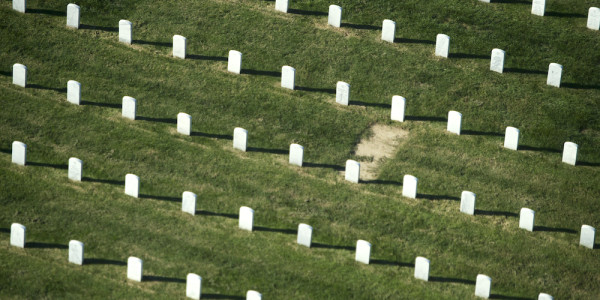

In some ways, the aviation mishap crisis that’s roiled the Pentagon in recent months only underscores something U.S. service members have known for years: Military service can be damn dangerous even if you never see combat.
That’s the alarming reminder from a June analysis of active-duty military deaths published by the Congressional Research Service, which revealed that of the 15,851 active-duty and mobilized reserve military personnel who died between 2006 and 2018, only 28% lost their lives during formal armed conflicts, usually defined by Congress as “Overseas Contingency Operations.”
- 72% of U.S. military deaths — around 11,341 personnel, or an average of 920 annually — occurred “under circumstances unrelated to war,” defined in the CRS report as “Non-Overseas Contingency Operations;” OCO deaths declined since their peak in 2007, but non-OCO deaths have remained relatively stable.
Congressional Research Service

- A third of non-OCO deaths were determined to be “accidental,” although those do not explicitly mean training accidents or aviation mishaps: Some 14% of those accidental deaths were directly related to substance abuse, while another 4% were “self-inflicted.”
Congressional Research Service

- When it comes to OCO deaths — defined as those “in which members of the armed forces are or may become involved in military actions, operations, or hostilities against an enemy of the United States or against an opposing military force” — Iraq was actually deadlier than Afghanistan, despite the longer U.S. presence in the latter.
Congressional Research Service

While we often think of U.S. service members as sacrificing their lives in the heat of a firefight against some faceless villain, many give their lives well behind the front lines of armed conflict — and that’s a worthwhile reminder for both civilians and veterans.
WATCH NEXT:
